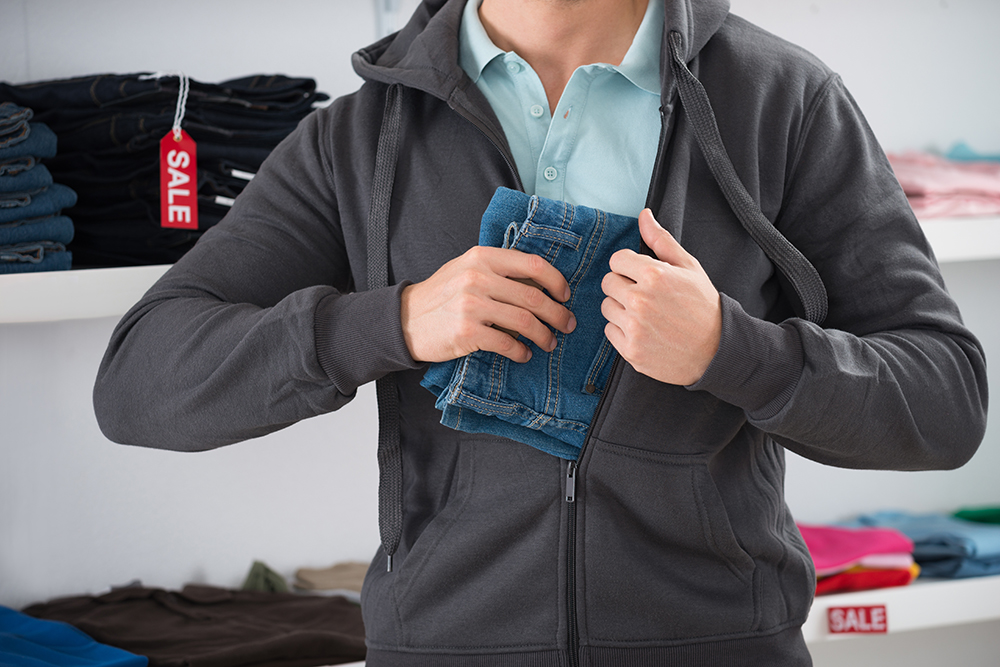Your common store security problems are telling you something

Loss prevention can be an ongoing battle where the playing field rapidly shifts. Electronic article surveillance strategies (EAS) that worked beautifully at preventing retail loss 10 years ago may no longer stand up to the increasingly savvy shoplifter.
That’s partly due to the internet and the increased information would-be thieves have about working around in-store security, but can also involve tiny flaws in your older system that you don’t even know exist.
Here are common issues retailers encounter and what you need to do to address them to bring your EAS and security back up to par.
I find tags removed and on the floor
Fully implementing an EAS system to then still find that thieves can make their way around it is one of the most frustrating scenarios imaginable for retailers. But the likelihood is illicit tag removal and subsequent item theft comes down to one or a series of factors.
These include:
Insufficient magnet strength – The bulk of clothing tags rely on magnetic mechanisms to secure them. And this technology has increased vastly in the past decade to combat magnetic detachers available on the internet.
Despite this, many retailers still have just standard-strength magnetic clothing tags in place. If you’re finding separated clothing tags on the floor, it could be time to look to increased magnetic strength.
Options include SuperLock, HyperLock and MultiPolar magnetic locking mechanisms all of which offer increased security against commonly available illegal detachers.
As a minimum, SuperLock strength tags should be considered, with anything above that offering increased security.
Tag type – Just as the magnetic strength of tags can vary, so too does the size and shape of tags, and some leave themselves more prone to being prised open than others. Finding separated tags on the floor could indicate not only do you need to up the magnetic strength but you might want to reconsider the shape of your security tags.
Tags with less surface area for the shoplifter to get leverage provide the best security, with clam shell tags offering increased resistance.
Pin size – All clothing tags comprise two elements, the pin component (or back) that passes through the garment, and the locking mechanism EAS tag (front) that houses and secures the pin using a magnet or mechanical mechanism.
If you’re finding complete unopened tags on the floor, chances are the shoplifter is pushing the pin head through the garment or cutting a small hole to remove the tag. Solutions to consider include employing larger pin heads.
Further options – If you’re having persistent problems with tag removal you could also consider using further security means and loss prevention measures. This could include adding the benefit denial strategy of ink dye to your tags.
In this case the dye within the tag automatically releases when a tag is tampered with, rather than properly removed. It’s an obvious deterrent to would-be thieves, and should they persist with attempted removal, it renders the item almost useless.
Meanwhile, secondary measures like camera surveillance and better staff training can also assist in preventing tag removal.
I keep losing my detacher
The detacher that releases tags from your clothing items or accessories is an essential part of your EAS system and security. It’s also a pretty attractive item for thieves who can then seamlessly remove clothing tags at your store and elsewhere.
If you’re losing detachers it’s time to consider securing them properly. Most detachers can be built into a countertop, so they’re always readily available at the POS.
My accessories go missing
Small items like jewellery and accessories are hugely attractive to thieves, but require a unique approach to security. If you’re regularly losing accessories there are a host of EAS security tools at your disposal.
These include lockable cable tags, purpose designed tags for eyewear, clothing tags on metal lanyards, and display cabinets.
I keep having to replace cabinet locks
For electronics, jewellery and perfume retailers, lockable display cabinets are a common element of the shop front. But traditional cabinet locks aren’t without challenges including broken locks, lost keys, and the time it takes for staff to locate the right key for a cabinet.
This is where modern options like SmartLocks come into play offering increased security and better customer service.
SmartLocks use an electronic lock and re-programmable code. This means one key can open every cabinet within a department or entire store. Retailers simply issue their staff with a single key each and this allows them to quickly open any cabinet or drawer of interest to the customer.
Keys are rechargeable, and refresh every 12 hours, meaning if a key is lost it will cease to work, until docked on the store’s specific encoded charger.
Store security is about staying one step ahead of theft. That means revisiting your methods if you’re encountering persistent issues or just to keep up with current trends.